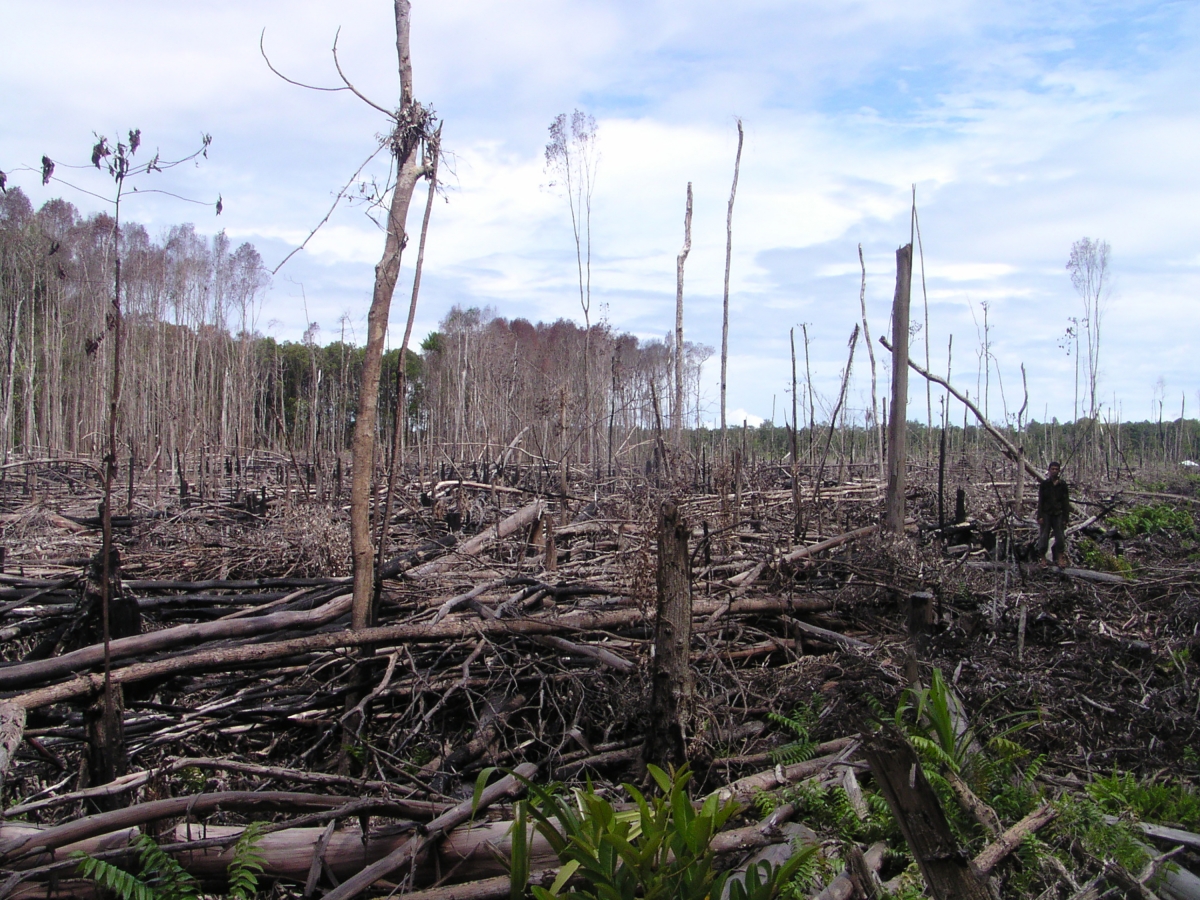Sumatran orangutan population double previous estimates but huge threats remain to species
The number of Sumatran orangutans living in the wild is double what it was previously thought to be. An extensive survey of the population has shown there are 14,600 alive today – 8,000 more than prior estimates.
The critically endangered species, which lives exclusively in the North of the Indonesian island Sumatra, is being pushed to extinction by habitat loss and poaching. While the latest population figures have been welcomed, experts say the increase is not the result of rebounding numbers, but simply a more accurate and wide-ranging survey effort.
Survey results were published in the journal Science Advances. It was carried by conducting nest surveys across their entire range, which allowed to get a more accurate idea of their numbers. Findings showed orangutans were living at elevations previously considered to be out of their range (so had not been surveyed in the past), they were found widely distributed in logged forests and in areas west of Toba Lake, which had not previously been surveyed.
As well as estimating the population, researchers also looked at threats they currently face to get an idea of how they will fare over the coming decades. They estimate that unless strident conservation efforts are made, over 4,000 will be killed in the next 15 years.

"There are evidently more Sumatran orangutans remaining in the wild than we thought, but the species remains under serious threat," they wrote. "Current scenarios for future forest loss predict that as many as 4,500 individuals could vanish by 2030. Despite the positive finding that the population is double the size previously estimated, our results indicate that future deforestation will continue to be the cause of rapid declines in orangutan numbers."
Study author Serge Wich, from Liverpool John Moores University, said: "It was very exciting to find out that there are more Sumatran orangutans than we thought, but this does not mean that we can be complacent. Numerous development projects are planned in the area that – if they are not stopped – could sharply reduce the number of orangutans over the coming years."
The study authors call for all developmental planning that involves forest loss to include environmental impact assessments, so as to avoid any negative impacts on forests where orangutans are living.
Wich said: "We will need to continue to work together with the Indonesian government and other parties to ensure that this scenario will not happen. A difficult task, but we all hope that we can turn the tide for the Sumatran orangutan. We would like to see appropriate environmental impact assessments conducted for all developmental planning that concerns forests in the orangutan range so that disruption to their habitat may be avoided or reduced to a minimum."





© Copyright IBTimes 2024. All rights reserved.







